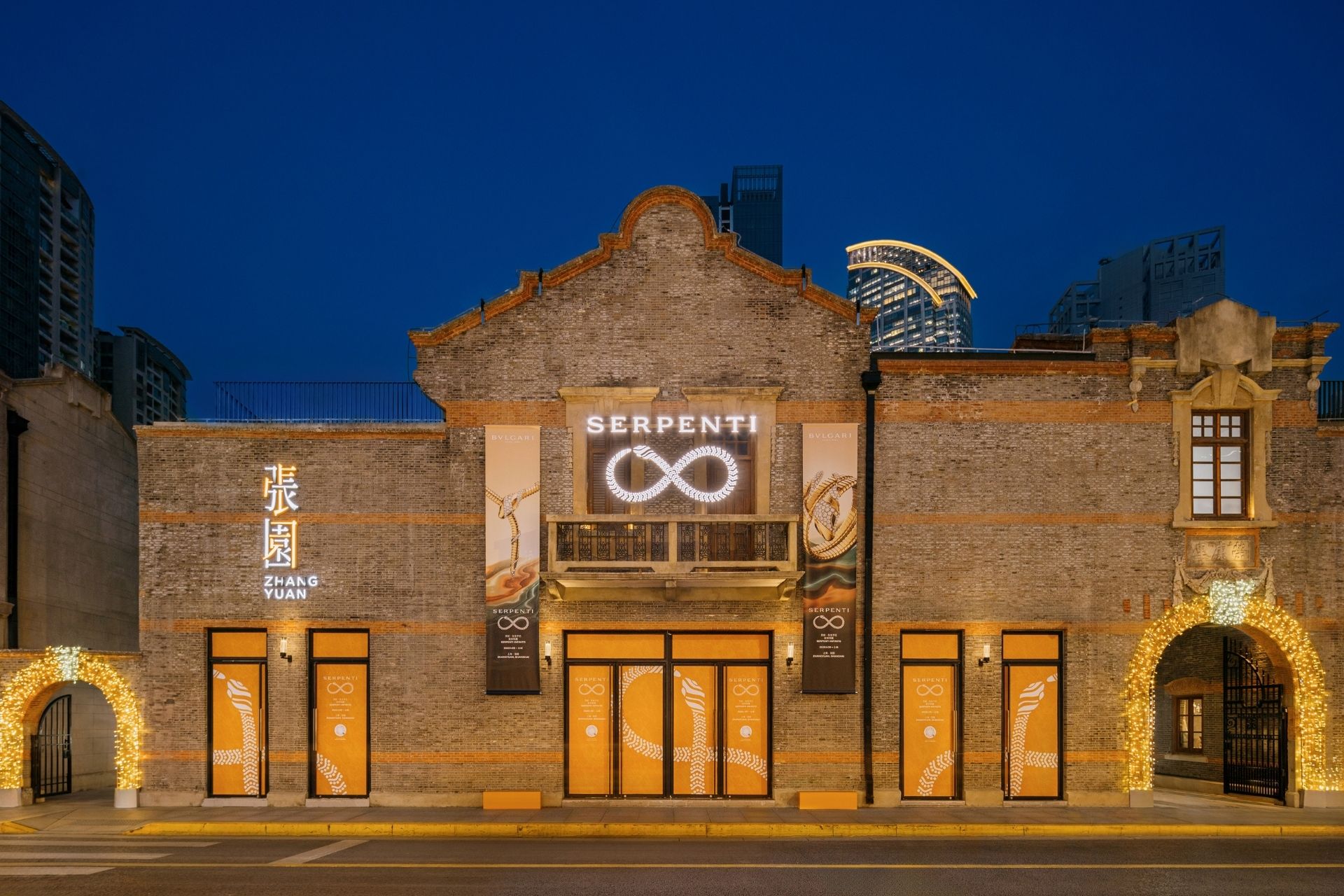Pinterest is said to be the fastest-growing website ever, with over 17 million users visiting every month, but what concrete opportunities does the site present for luxury brands?

Pinterest is said to be the fastest-growing website ever, with over 17 million users visiting every month, but what concrete opportunities does the site present for luxury brands?
L2 looks at the meteoric growth of Pinterest and the opportunity it represents for luxury brands
The current toast of digital integration is undoubtedly Pinterest, an image-based social network that allows users to organise and share things they discover on the Internet. The self-described Virtual Pinboard facilitates sharing from basically anything on the web, without the technical limitations of using single-system platforms like Facebook, YouTube, WordPress or Twitter. Users are invited to discover those with similar tastes and better navigate the information-overloaded super highway.
“Before the internet, we used to browse beautiful things for free by roaming the aisles of shops, or cutting pictures out of old magazines and sticking them to the wall,” explains Julian Green. “Now we have Pinterest and a range of social curation sites that enable us to search for and pin gorgeous images to virtual boards, and then share them.”
“ Before the internet, we used to browse beautiful things for free by roaming the aisles of shops, or cutting pictures out of old magazines and sticking them to the wall ”
Another social sharing website would perhaps not be garnering so much attention, if it wasn’t for the claim that Pinterest drives more referral traffic to websites and blogs than Google+ and YouTube, and is hot on the heels of Twitter and Google. Digital Luxury Group also recently revealed that Pinterest’s growth rate is similar to that of Facebook when it started in 2006. The rapid 4,000 per cent increase fittingly earned Pinterest a coveted place in the top 10 social networking and forums of 2011.
The site’s ability to drive traffic is all well and good, but what is the real opportunity presented to fashion and luxury brands? Is Pinterest ever going to become a part of the digital marketing mix that has a discernable impact on revenues? Fashion’s Collective suggests that the numbers alone represent a strong case for brands to participate – upwards of 11 million weekly views reported in December 2011.
“ The numbers alone represent a strong case for brands to participate – upwards of 11 million weekly views reported in December 2011 ”
“The highly visual layout and editorial nature of creating a board makes Pinterest a good fit for fashion,” suggests Elizabeth Canon. “In the overall trend of brands to become media publishers, Pinterest represents a unique opportunity in that it is a tool to create new brand content, a platform to broadcast that content on, and a community with which to interact.”
Julian Green acknowledges its meteoric rise but remains sceptical about its ability to turn profit, both for the entity itself and the brands with products getting ‘pinned’. “Eventually Pinterest will have to make money,” he offers. “But it will have to be from browsers, not buyers, because Pinterest won’t drive significant purchasing.”
Julian goes on to highlight the existence of bookmarking and clipping sites before – Delicious and Tumblr to name a few – but suggests that Pinterest’s success lies within a simplified pinning experience, which in turn will not facilitate the type of data structuring that would be necessary for seamless e-Commerce.
“ Eventually Pinterest will have to make money, but it will have to be from browsers, not buyers. Pinterest won’t drive significant purchasing ”
“For Pinterest to be successful in encouraging buying, they would need to connect the collection of images to the catalogue of products. This is hard to do. eBay started out with an unstructured collection of product listings, got big, and then had to go back and structure all its data, so that you can choose between a red XL T-shirt and a blue M T-shirt. Pinterest doesn’t have enough data on the images people are pinning, and won’t be able to structure it.”
For the moment, the majority of fashion and luxury brands on Pinterest seem content with building a visual expression of their brand, its values and what it finds tasteful and/or inspiring. Michael Kors, Oscar de la Renta, Kate Spade and Peter Som are some of the earliest adopters, whilst department stores like Bergdorf Goodman and Nordstrom are creating Pinboards for specific brands, trends and items.
This is all well and logical, but consider that Net-a-Porter has been using its digital magazine format for organising specific brands, trends and items for years, which is seamlessly optimised for e-Commerce and delivered via email to its various target markets. If retailers are going to take the time to curate their product offerings, surely they want to follow the path that leads them to sales.
“ Perhaps this new form of genuine recommendation picks up where the largely monetised blog scene left off ”
The significant audience and its growth remains difficult to ignore, and given the fact that luxury brands tend to use social media for the sole purpose of brand awareness and education, Pinterest doesn’t seem like such a bad choice of platform. But perhaps brands will benefit more from enabling their content for ‘pinning’, as opposed to establishing a branded presence on the site.
The real power of Pinterest seems to lie in being ‘discovered’ and resultantly ‘shared’ with large and inherently viral communities, in a credible and innocent way. Mashable was quick to point out the fact that it is frowned upon for Pinterest users to be promotional, so perhaps this new form of genuine recommendation picks up where the largely monetised blog scene left off. Perhaps existing as a new network of influencers is enough.
Or perhaps in six months, we will all be talking about the next big platform in social media. Only time will tell.
To further investigate Fashion & Digital Technology on Luxury Society, we invite your to explore the related materials as follows:
– Luxury Society Report: The Digital Agenda
– Critical Considerations for Luxury Brands Launching eCommerce
– Digital Leaders: Kamel Ouadi, EVP, NOWNESS
– The Future of Fashion Week, Decidedly Digital








